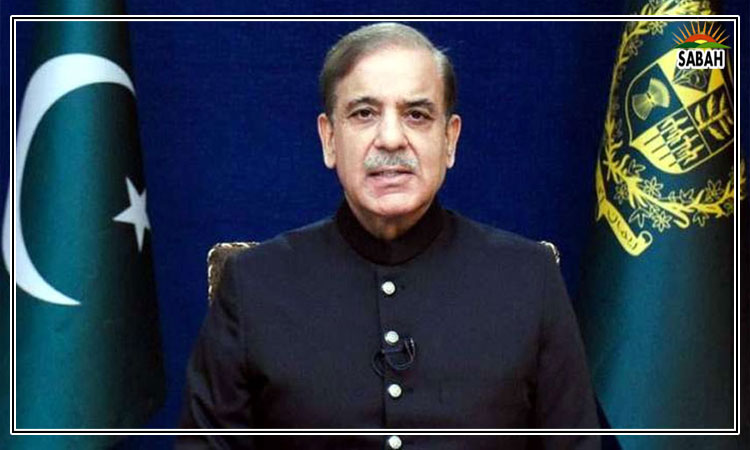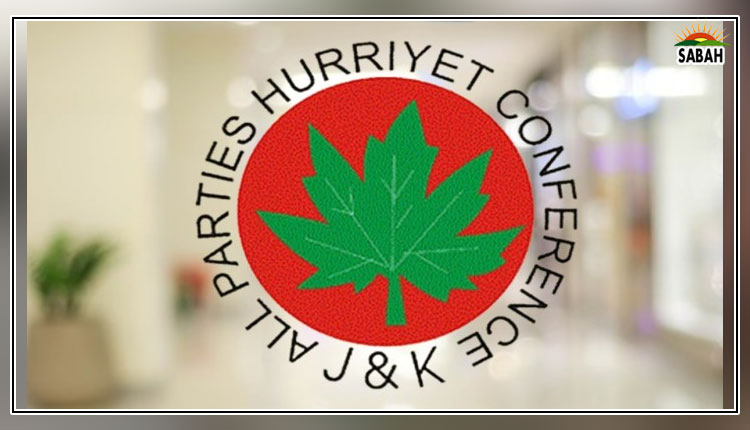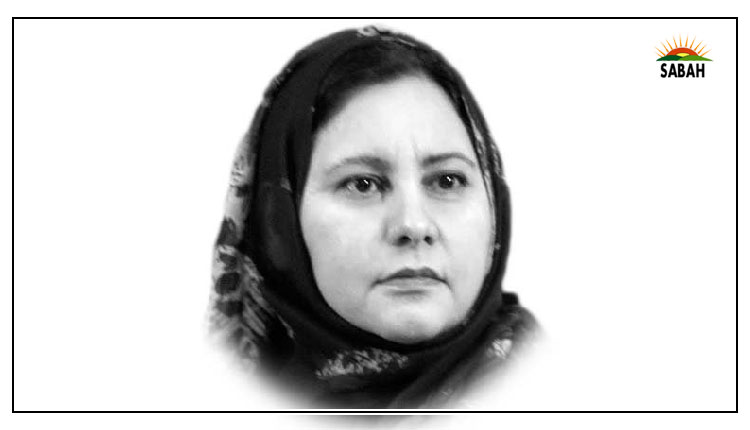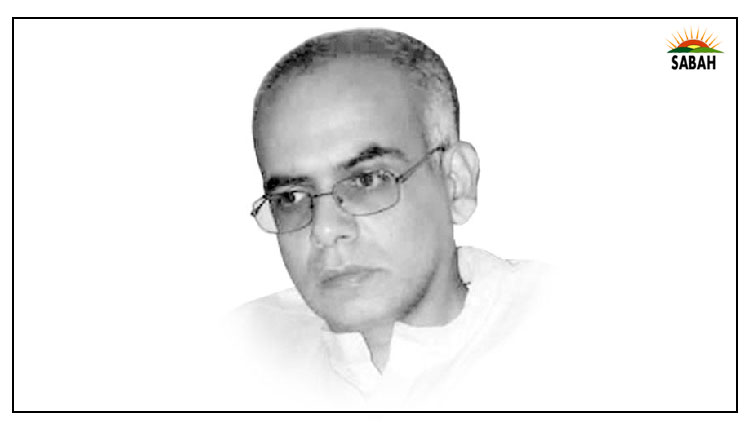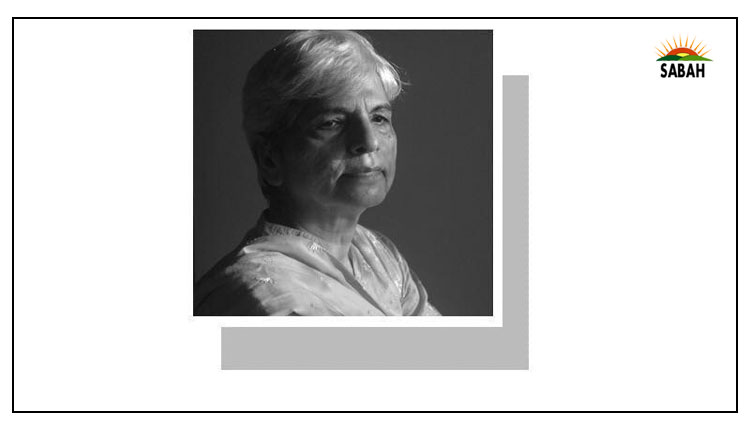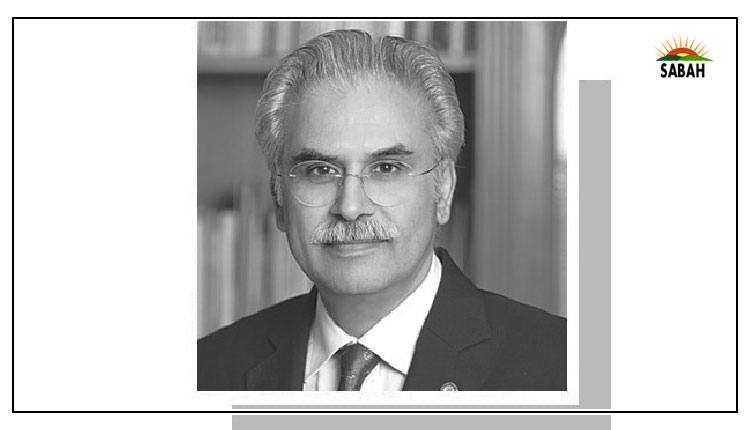Why Pakistan faltered … Ameenah Babar
As a child, I often wondered why Pakistan was so different from the developed world. On trips abroad, I was struck by how vastly different our country seemed from the orderly, prosperous societies we visited. Later as a student of Pakistan’s history, this innocent curiosity gave way to a deeper question: Why did Pakistan initially perform so well economically, only to falter in later decades?
The first question led me towards a book last year by British American economists Daron Acemoglu and James A Robinson. A couple of months ago, they also won the 2024 Nobel Prize for this work. But more recently, I stumbled upon a book by Dr Ishrat Husain, a renowned Pakistani economist, that answered my second question as well. Both works, while distinct in approach, point to the same answer: the quality of institutions is the decisive factor in determining whether and when nations succeed or fail.
In their influential book ‘Why Nations Fail’, Acemoglu and Robinson argue that the difference between prosperity and poverty in nations is rooted in the quality of their institutions. They focus on the distinction between inclusive and extractive institutions. Inclusive institutions encourage meritocracy, innovation, and broad participation in economic and political life. They empower citizens, create fair competition, and ensure rule of law. Extractive institutions, on the other hand, concentrate power and resources in the hands of a few, stifling progress and exacerbating inequality.
The Nobel laureates’ work is grounded in powerful case studies. They compare countries like North and South Korea, which share the same geography, culture, and history but are economic opposites. In 2023, South Korea’s GDP stood at $2,401 trillion, while North Korea’s was a paltry $40.2 trillion. Similarly, they highlight the disparities between Nogales, Arizona, and Nogales, Mexico – two regions geographically contiguous and culturally similar yet starkly different in their standards of living. In both cases, the difference lies in the institutions governing these regions. South Korea and Arizona built inclusive institutions, while their counterparts did not.
Acemoglu and Robinson’s findings challenge simplistic explanations for development, such as geography or culture. Their groundbreaking research uses natural experiments to identify causation, with a particular focus on the colonial past. For example, they show that colonies where European settlers established inclusive institutions, such as the US or Australia, thrived. In contrast, colonies where extractive institutions were set up to exploit resources and labour, such as those in sub-Saharan Africa or South Asia, remained underdeveloped. This empirical approach helps isolate institutional quality as the driving force behind a nation’s success.
Dr Ishrat Husain’s 2018 book ‘Governing the Ungovernable’ applies a similar institutional lens to Pakistan’s development. However, his methodology differs significantly. While the Nobel laureates use natural experiments that happened at some point in history to prove causation, Husain adopts a process of elimination, systematically disproving alternative explanations for Pakistan’s initial economic successes and later struggles. From 1947 to 1990, Pakistan achieved an impressive average annual growth rate of 6.0 per cent. Husain attributes this success to strong governance structures and a competent civil service that operated with a degree of meritocracy and professionalism.
However, this institutional strength was not sustained. Husain argues that the decay began in the 1970s, during Zulfikar Ali Bhutto’s tenure when the civil service was politicised and meritocracy was replaced with nepotism and cronyism. This erosion of governance structures coincided with a decline in economic performance. Husain meticulously evaluates other explanations for Pakistan’s economic struggles – such as overreliance on foreign aid, military dominance, and geographical challenges – and finds them lacking. By disproving these hypotheses one by one, he concludes that institutional decay is the root cause of Pakistan’s challenges.
One of the most striking aspects of Husain’s work is his rejection of popular but flawed explanations for Pakistan’s struggles. For example, he challenges the notion that Pakistan’s prosperity is linked to receiving foreign aid. While aid has played a role in certain periods, such as during the 2009 Kerry-Lugar-Berman Act, its absence during critical moments like the 1965 war did not prevent the country from achieving growth.
Husain also dismantles the argument that military dominance has stifled economic progress. He points out that periods of high defence spending, such as from 1950 to 1990, coincided with robust economic growth. By contrast, when defence spending declined to 2.7 per cent of GDP in 2017, the economy experienced a significant slowdown. These examples reinforce his central thesis: The root of Pakistan’s challenges lies not in external factors but in the internal decay of its governance structures, he argues.
The way forward, as Husain argues, is to prioritise institutional reform. This includes strengthening the civil service, ensuring transparency in governance, and creating a system that operates independently of political interests. He emphasises the need for a depoliticised and meritocratic bureaucracy that can function effectively regardless of who is in power.
While both Husain and the Nobel laureates highlight the importance of institutions, a key difference lies in how they view democracy’s role. Acemoglu and Robinson argue that inclusive institutions are synonymous with democratic governance, weaving a strong political message into their findings. This framing aligns with Western liberal values, likely resonating with entities like the Nobel Committee. However, this linkage is not universal. China, for instance, has achieved stunning economic success under an authoritarian regime. Conversely, India’s long-standing democratic processes did little to promote economic development in the first four decades after independence. In both these cases, market-based economics seems to be a more powerful driver than democracy.
Husain, on the other hand, does not frame his arguments within the context of democracy. His findings suggest that the functionality of institutions matters more than the form of governance. The subtle message in Husain’s work is that institutional meritocracy can thrive under any system – democratic or authoritarian. A subtle message that he gives is that the military establishment could also benefit directly if it allowed institutions to function on the basis of merit, as a growing economy would enable the government to allocate greater resources to all sectors, including defence. Basically, as long as the institutions are working properly everybody wins, well at least economically.
The insights of Acemoglu, Robinson, and Husain converge on a simple yet powerful truth: The quality of institutions determines the fate of nations. By learning from its past and committing to institutional reform, Pakistan can reclaim its potential and chart a path toward sustained prosperity. The journey will not be easy, but it is the only way forward.


